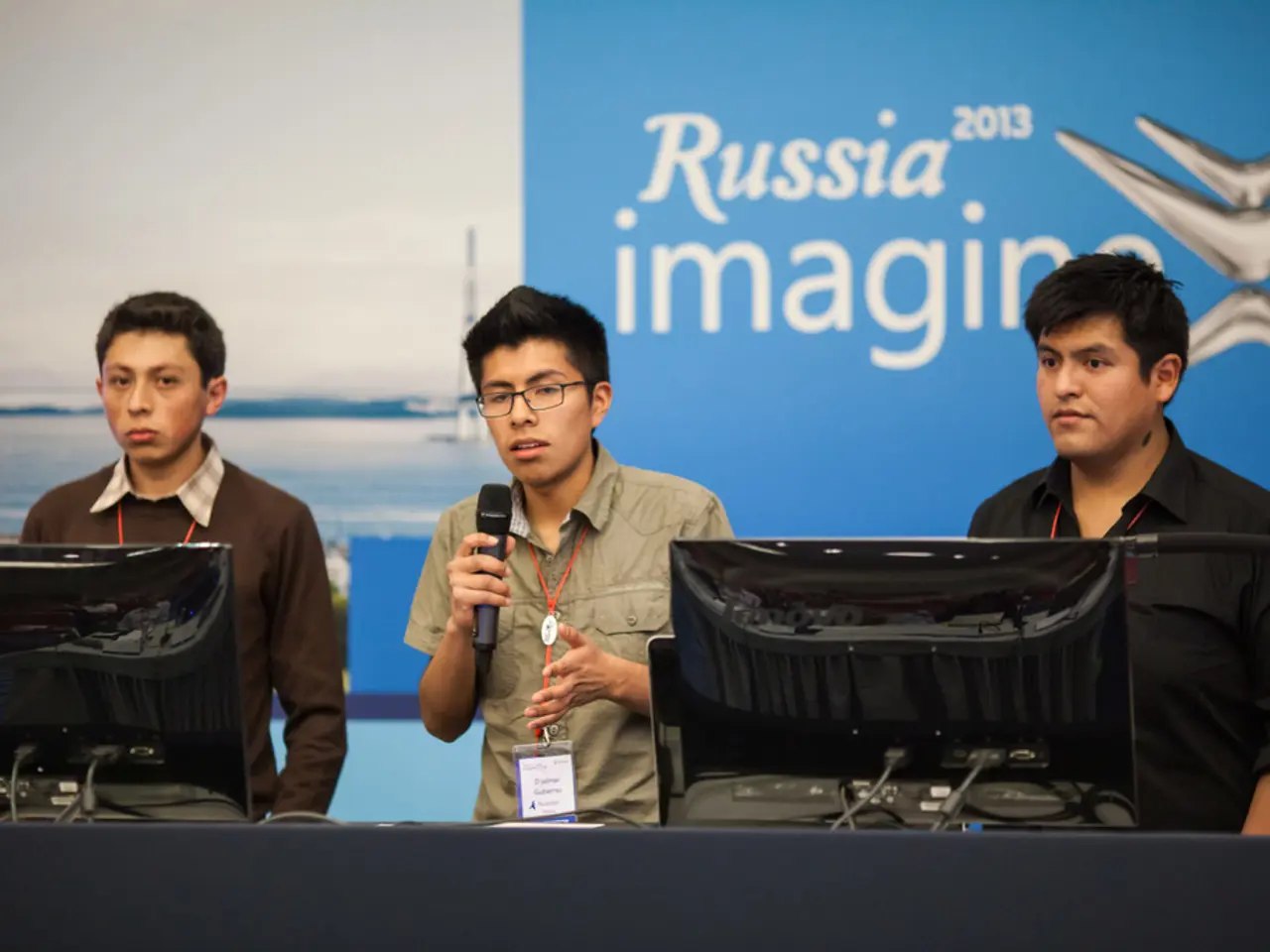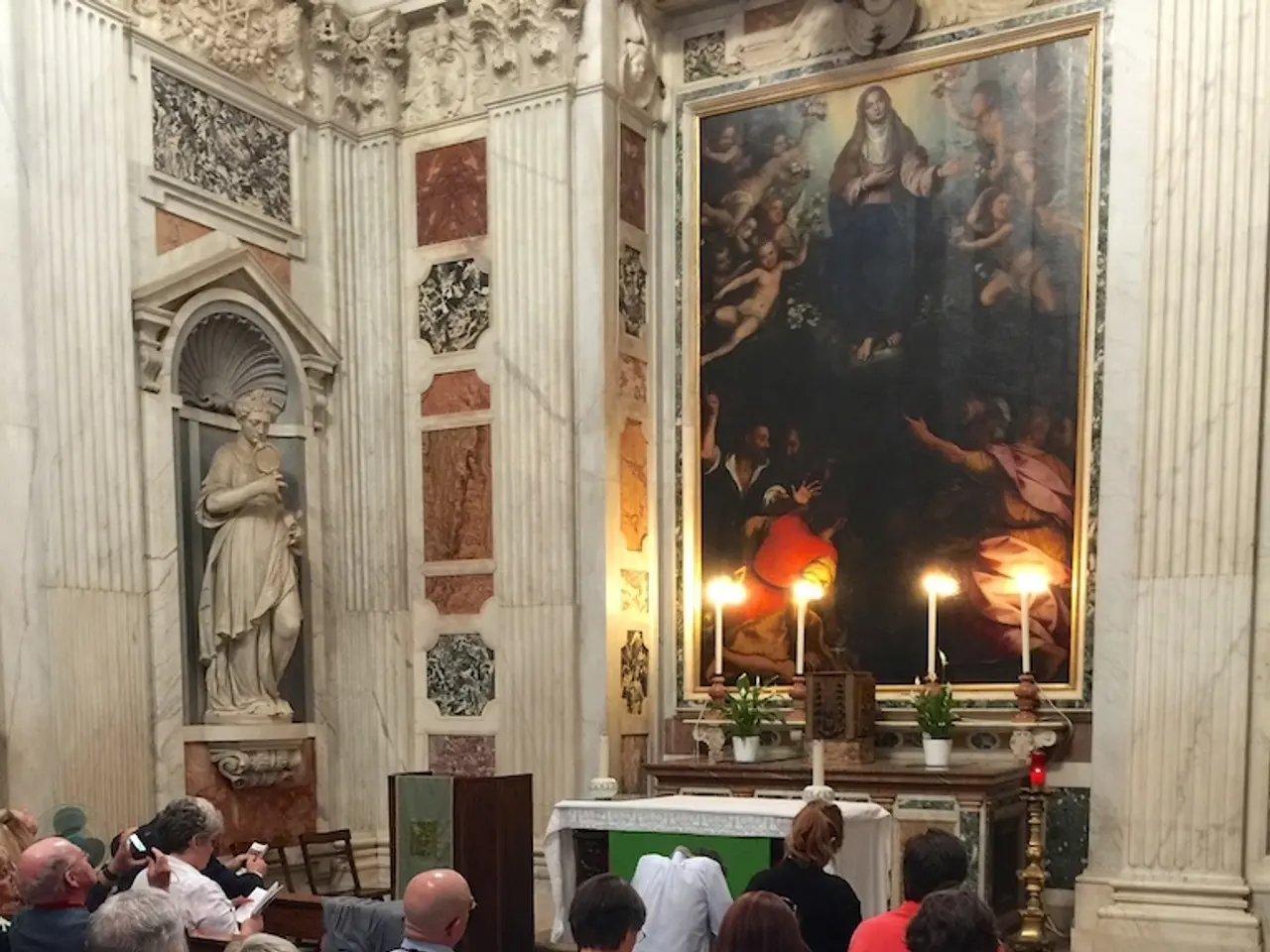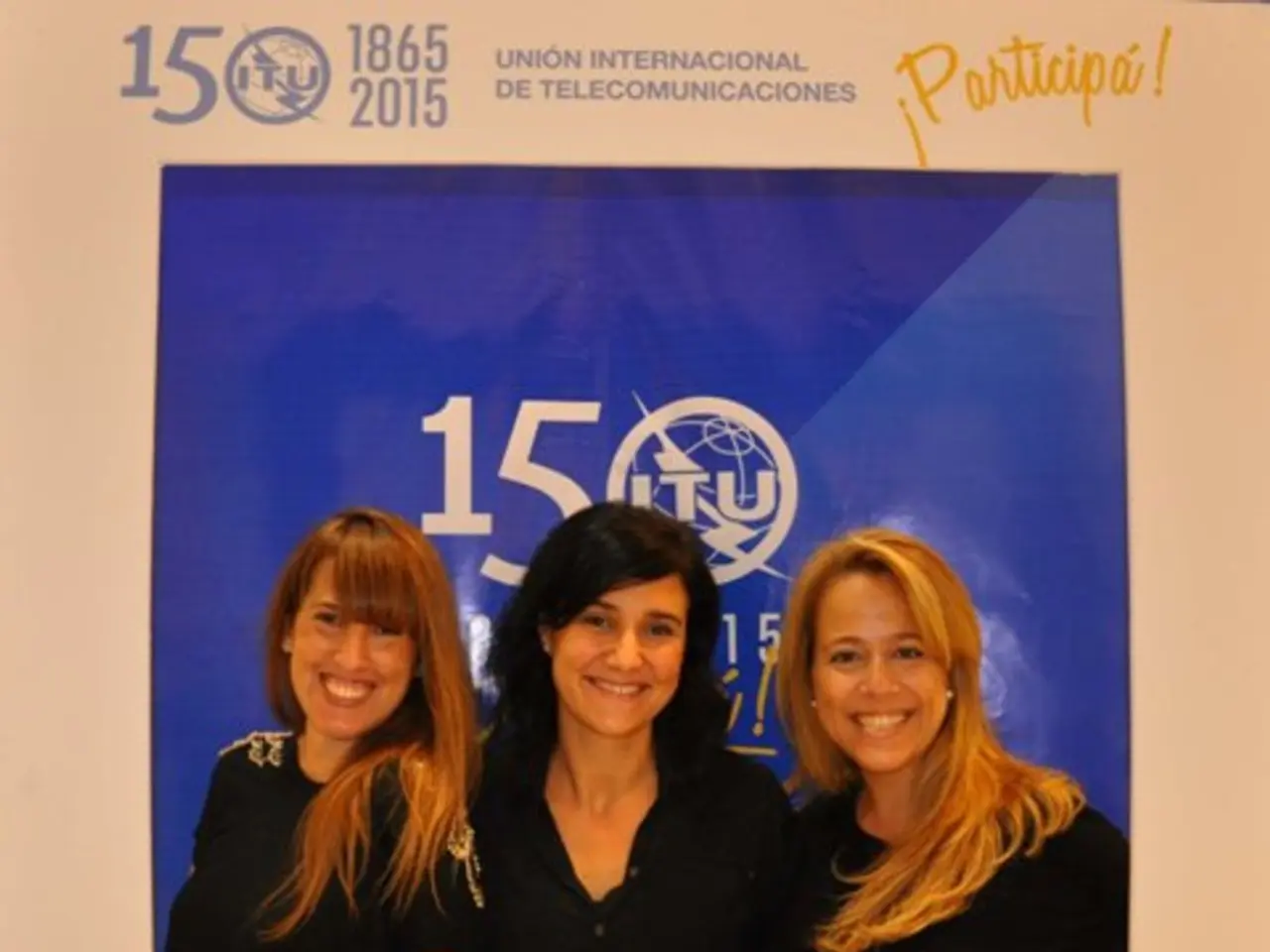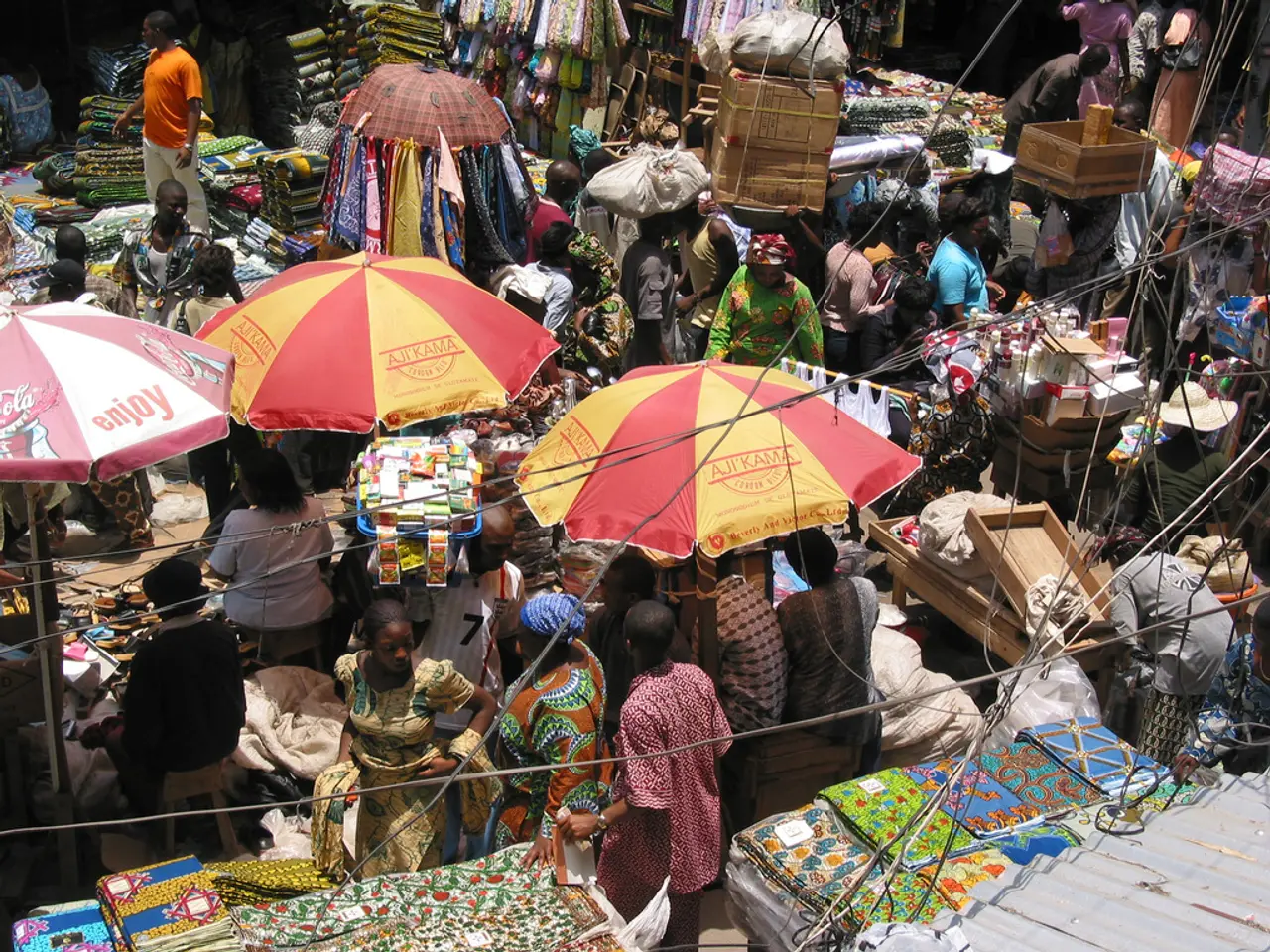Seized Russian assets provide Ukraine with billions of dollars
In the aftermath of Russia's full-scale invasion of Ukraine, Western nations have been utilising frozen Russian assets, primarily those of the Russian Central Bank, to support Ukraine's defence and reconstruction efforts. These assets, amounting to approximately $300 billion, are held in banks and financial institutions across Europe, with the largest share stored in the Belgium-based Euroclear system [1][2].
The funds, which include bonds, deposits, cash, and property of Russian state-owned companies and individuals under sanctions [1][3], are being used to generate income that is then directed towards Ukraine's military needs and economic recovery. For instance, Ukraine has received about $1.7 billion from Canada under the ERA initiative, which directs proceeds from frozen Russian assets to Ukraine [3]. Similarly, the UK plans to supply 350 advanced missiles to Ukraine using funds generated from frozen assets [3].
EU countries are considering full confiscation of the assets to compensate Ukraine for war damages and support reconstruction, though there is ongoing debate within the EU about the potential economic and geopolitical ramifications [2][4]. Ukrainian officials, including Foreign Minister Andrii Sybiha, emphasise the importance of these funds being fully utilised to support Ukraine’s defence and rebuild the country [4].
Russia, however, condemns the use of these assets as theft and has indicated it is willing to forfeit the frozen funds if it accelerates a shift away from Western-dominated financial systems [2]. Reports suggest Moscow has even floated proposals to use some of the frozen reserves for negotiating peace or rebuilding occupied regions [2].
As of now, Ukraine has received around $17.6 billion from frozen Russian assets this year, with the latest tranche coming from Canada. Ukraine's Prime Minister Denys Shmyhal announced this on Telegram, stating that these funds are needed to pay compensation to those affected by the aggression and to rebuild Ukraine [5]. The Prime Minister also emphasised that this would be an act of justice to deter aggressive wars in the future [5].
In essence, Western countries are leveraging the billions of dollars of frozen Russian assets by using the generated income and partially releasing funds to finance Ukraine’s defence, humanitarian needs, and reconstruction efforts, with ongoing discussions about full asset confiscation as a form of compensation for the damages caused by the war [1][2][3][4].
- Politics and general news have been reporting on the use of frozen Russian assets, primarily from the Russian Central Bank, in the business sector, as Western nations employ these funds to generate income for Ukraine's defense and reconstruction efforts.
- In the world of finance, these assets, which consist of bonds, deposits, cash, and property of Russian state-owned companies and individuals under sanctions, are being directed towards addressing Ukraine's military needs and economic recovery.
- The ongoing war-and-conflicts between Russia and Ukraine have led to debates within the EU about the potential confiscation of these assets as a form of compensation for war damages and support for Ukraine's reconstruction, while Russia condemns the use of these assets and has proposed using some of the frozen reserves for negotiating peace or rebuilding occupied regions.







